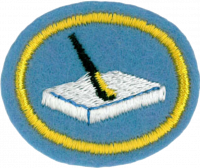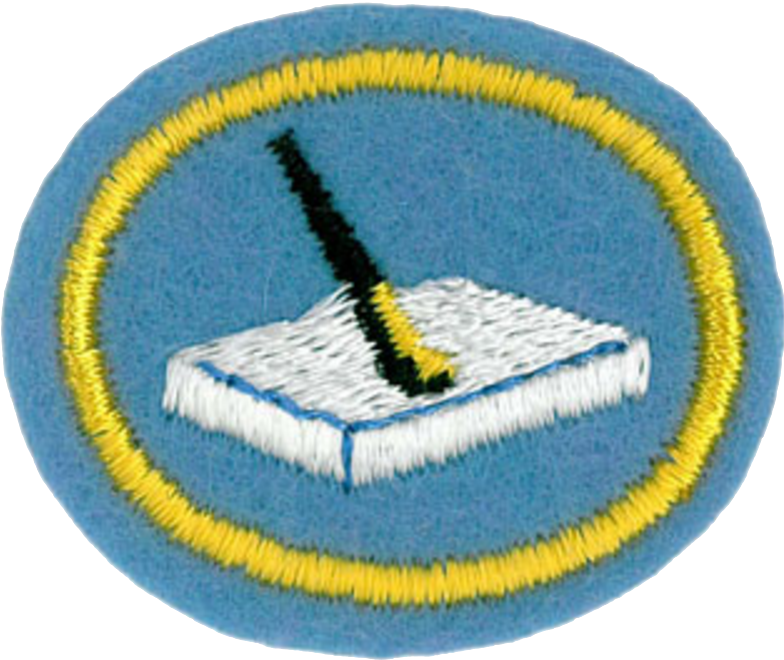Especialidades JA/Tallado en piedra/Respuestas
Nivel de destreza
2
Año
1967
Version
01.11.2025
Autoridad de aprobación
Asociación General
1
2
In rock cutting, several fluids have been used as lubricating and cooling solutions, including:
- Water
- Water provides almost no lubrication and will cause the blade to rust. It is not recommended.
- Kerosene
- Kerosene is flammable and does little to inhibit rust. Further, it is smelly and somewhat toxic (care should be taken to avoid skin contact).
- Diesel
- Diesel has much the same properties as kerosene.
- Vegetable oil
- Vegetable oils are not as flammable as diesel and kerosene, but they are still flammable. They also oxidize and thicken when cold. However, they do a fair job of lubricating and cooling, are not toxic, and have low odor.
- Mineral oil
- These include Texaco's Almag and Chevron's Superla #5. Mineral oils have low flammability, are not toxic, and have low odor. They are also more stable than vegetable oils.
The purpose of lubricating and cooling solutions is twofold:
- Remove the "sawdust" from the cut (this is essentially lubrication). The lubricant washes the cut material out of the slot.
- Cool the blade so that is does not lose its tempering. If a blade gets too hot, it will undergo a change in its hardness and brittleness. This damages the blade.
3
A diamond saw consists of a thin body coated with a matrix around its edges. Diamond particles are embedded within this matrix. As the saw rotates, the hard diamonds come into contact with the material being cut and grind it off. The lubricant washes away the tiny chunks dislodged by the diamonds. Over time, the diamonds can break off the saw so that only the matrix is left on the cutting surface of the blade (or a significant portion thereof). When this happens, the blade can be sharpened by using it to cut through a brick. This action will wear the matrix down exposing more diamonds embedded deeper within.
The rim of the blade is wider than the disc of the blade. This is by design so that the blade cuts a slot that is wider than the disc, thus preventing the sides of the disc from coming into contact with the material being cut. If it were to come into contact, the blade would bind up, and both blade and rock would heat up. When the rim gets worn down and is no longer wider than the disc, it can be restored by lightly tapping all around the rim of the blade with a ball peen hammer to flare the rim out again. Care should be taken to strike the edges straight on so that the rim remains perpendicular to the plane of the disc.
4
5
6
A template is a flat piece of material with holes cut in it, similar to a stencil. The template is placed on a slab, and the slab is then marked along the inside edge of the selected hole in the template.
7
A cabochon is a gemstone which has been shaped and polished as opposed to faceted. The resulting form is usually a convex top with a flat bottom. Cutting "en cabochon" is usually applied to opaque gems, while faceting is usually applied to transparent stones. Hardness is also taken into account as softer gemstones with a hardness lower than 7 on the Moh's hardness scale are easily scratched, mainly by silicon dioxide in dust and grit. This would quickly make translucent gems unattractive. Instead they are polished as cabochons, making the scratches less evident.
The one notable exception to this is the case of asteriated stones such as star sapphires and chatoyant stones such as cat's eye chrysoberyl, where a domed cabochon cut is used to show the star or eye, which would not be seen in a faceted cut.
Cabochons are usually cut from slabs ranging from one to three eighths of an inch thick (3 to 10 mm).
8
9
10
11
12


